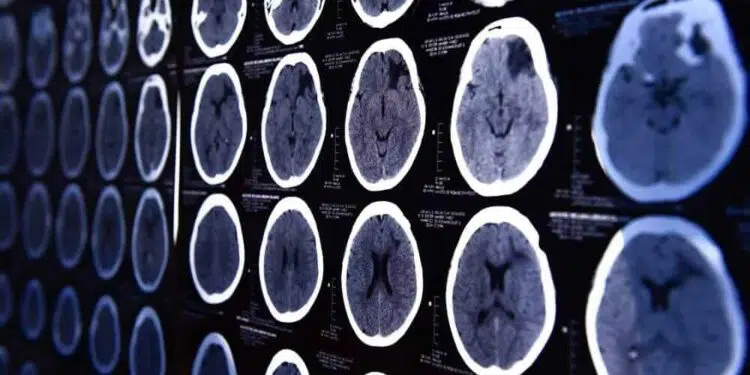A group of nerve fibres in the brain is known as the corona radiata. The corona radiata nerves, in particular, provide information between cerebral cortex and brain stem cells. The cerebral cortex is the part of the brain that processes conscious information, whereas the brain stem is the link between the spinal cord and the brain.
Stroke and Corona Radiata
Here are some details about corona radiata that you can learn about in this article:
The corona radiata connects both motor and sensory nerve routes between the brain stem and the cerebral cortex, which are both essential for feeling and movement function.
The Corona Radiata’s Purpose
Because of its role in conveying and receiving messages across brain regions, the corona radiata is an important group of nerves. Both afferent and efferent nerve cells are found in the corona radiata. This means that they send and receive messages from the body.
Sensory and other input delivered from the body to the brain is referred to as afferent, whereas messages sent from the brain to the body to control motor function are referred to as efferent. The corona radiata, which connects the cortex with the brain stem, is made up of both afferent and efferent fibres.
Stroke and Corona Radiata Damage
A stroke that includes small blood artery branches may cause damage to the corona radiata. Subcortical strokes, lacunar strokes, tiny vessel strokes, and white matter strokes are all terms used to describe strokes that affect the corona radiata.
The fact that this area is largely ‘myelinated,’ which means it is secured by a unique form of fatty tissue that insulates and protects nerve cells, is why it is called white matter. Because it is located in the deep subcortical part of the brain, it is also known as subcortical.
Because the corona radiata accepts blood flow from small parts of the brain’s arteries, it is classified as both a lacunar and a small vessel stroke.
Cerebrovascular disease is a condition marked by narrow, embolism-prone capillaries in the brain and tiny strokes in people who have a lot of small strokes in the c-radiata or elsewhere in the brain.
Strokes that impair the corona radiata’s strength are usually minor and do not cause symptoms.
Silent strokes are the name given to such strokes
On the other hand, even when there are no substantial indicators of a stroke on a brain magnetic resonance imaging (MRI) or a brain computed tomography (CT) scan, a stroke involving the corona radiata might cause nonspecific signs such as inability to look after oneself, which is a stroke predictor.
Other Health Issues
Damage to the corona radiata can occur for a variety of reasons, including a stroke. Brain growths, cancer spread from the body (transition), head trauma, brain bleeding, and brain infections are among them. 3 The corona radiata’s function can be influenced by any of these factors.
The Corona Radiata’s Importance
Surprisingly, research studies have revealed that the C-radiata has a brand-new function in predicting stroke outcome.
Using modern imaging tools, scientists assessed the metabolism of multiple parts of the brain quickly after a stroke.
After assessing customers’ stroke recovery, it was discovered that the function of the c-radiata in the first 24 hours after a stroke was linked to predicting stroke outcome.
Conclusion:
Stroke prevention is essential for avoiding a radiata stroke. Stroke prevention is focused on two important components: long-term lifestyle changes and routine medical care. Because cigarette smoking increases the risk of stroke, quitting is an important part of stroke prevention. Stroke prevention also includes eating a nutritious diet and working on a regular basis.
Another factor that can increase the risk of a stroke is stress. Stroke prevention can be achieved by focusing on relaxation and stress reduction. Furthermore, addressing medical issues like high cholesterol and hypertension can help lower your risk of stroke. When it comes to preventing strokes, it’s critical to see your doctor on a regular basis. Because many aspects of your routine medical check-up are designed to detect stroke risk.





